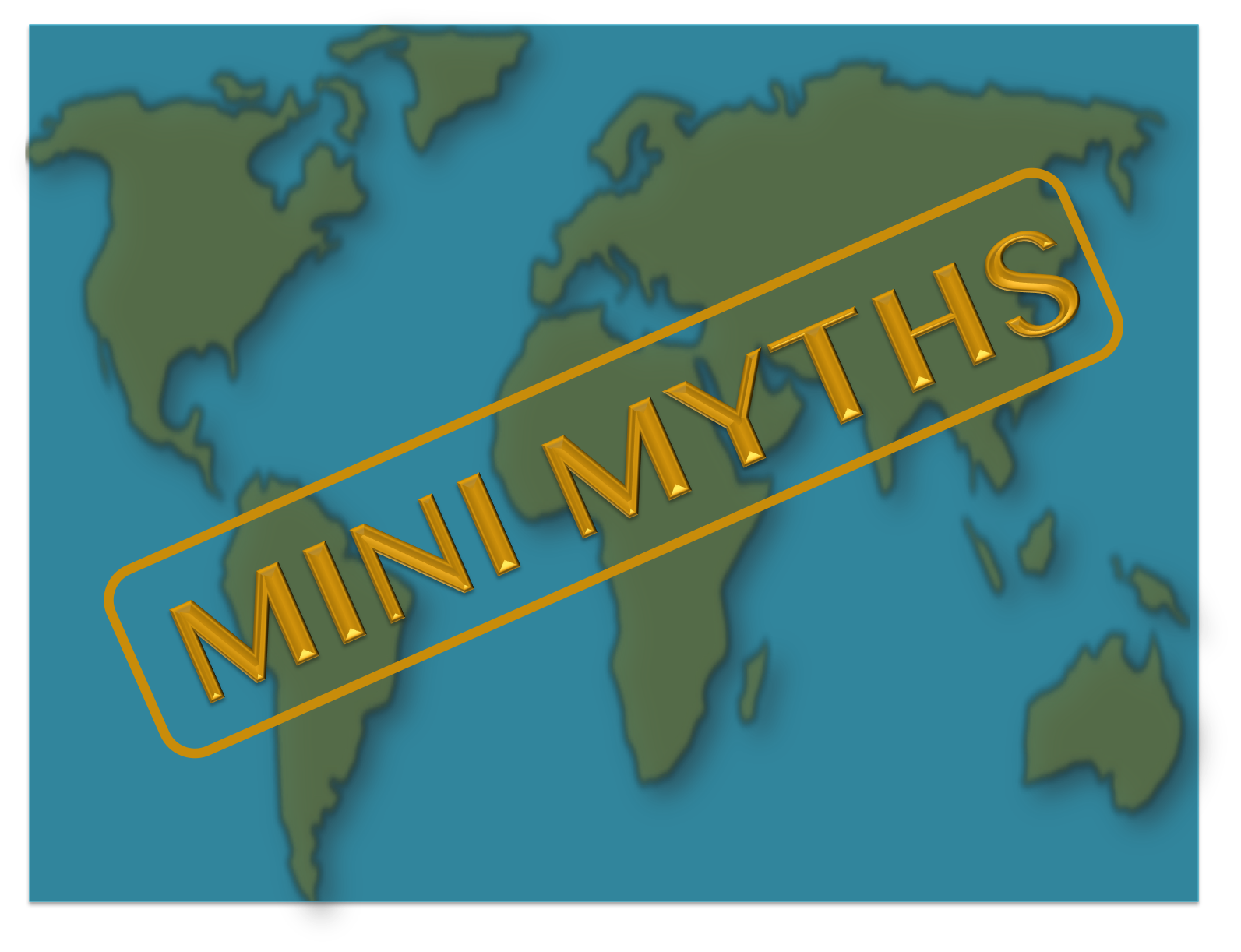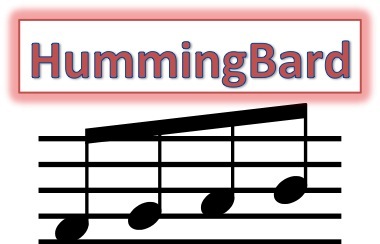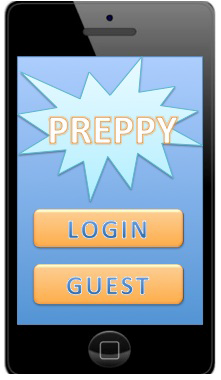Papers
Moore, G. R. (2015). Digital Storytelling: Best Practices in Designing eBooks for Young Children. (In Progress)
Moore, G. R. (2010). Educational Technology in the Classroom: Does the use of electronic aids in the classroom positively influence young children’s academic achievement (Unpublished Masters thesis)? Capella University, Minneapolis, MN.
Projects

Mini Myths is the proposed product of my MA Thesis project entitled “Digital Storytelling: Best Practices in the Design of Ebooks for Children.” The project will explore how the design of digital storytelling media can influence children’s engagement in reading activities. In particular, I will review existing examples of digital storytelling books and apps for children aged 5 -8 in order to investigate what specific design elements (e.g., interactivity, illustrations, games/activities, and interface affordances) of digital storytelling books are most likely to comprise an engaging experience for the target audience. Along with recommendations from children’s media experts and concepts from the theoretical frameworks of reading motivation, interactivity, and user engagement, the common patterns from the reviewed apps will then be used to create a framework that exemplifies best practices in designing digital reading media for children as well as a prototype storybook app. Mini Myths is a storybook app platform designed to engage young children with the mythological stories from different cultures. The prototype will focus specifically on Greek mythology and the tales of gods, goddesses, and heroes.

Solar System is a simulation project created during a graduate course on developing interactive Java applications using the Processing programming language and development environment. The simulation features real-life images of the planets that rotate at different speeds around the Sun at the center of the solar system. Users can interact with the simulation by pausing and resuming the simulation in order to click on the individual planets and learn the name, mass, and distance from the Sun for each one.

HummingBard is a card game for 3+ players that tests players humming ability and popular music knowledge. The objective of the game is for players to correctly guess the tune that another player is trying to hum. Featuring song selections from various eras and genres, players can pick tunes that they recognize to hum, but only win points when another players guesses correctly.

Preppy is the result of a project proposal for an educational technology-based environment and learning resource for job seekers that will help them learn more about preparing for the interview process. In particular, Preppy is a hybrid website/mobile application that will allow individuals to learn and practice interviewing techniques to prepare for common interview situations. Individuals will first learn about successful interviewing techniques through various learning modules, and will then be encouraged to complete interactive practice sets tailored to potential interview situations at desired positions and companies. Individuals can then post the resulting videos or text answers for review by experts in Preppy’s online community (e.g., recruiters, mentors, and more experienced peers) to receive feedback on their progress and areas that need improvement. Once a level of mastery is completed (measured by both experts and self-reflection), interested individuals can receive a certificate demonstrating their interview skills, which can be shared with career resource centers or recruiters helping to place them in jobs.

Guess What? U.S. Constitution Edition is a 2-player board game based on the Guess Who? Board Game by Hasbro targeted towards 7th and 8th grade History students. In particular, the content area is based on topics in U.S. Government, specifically the U.S. Constitution. The learning goal for Guess What? U.S. Constitution is to increase student’s familiarity with the different elements of the U.S. Constitution. Players will practice analyzing the commonalities and differences between the different elements in the Constitution and be able to demonstrate a basic understanding of the Preamble, Bill of Rights, and various Amendments of the Constitution. The objective of the game is for players to guess their opponents’ Mystery Cards before their opponents guess theirs. Similarly to Guess Who, each player chooses one card at random to be his or her Mystery Card and places it in front of their game boards so that their opponents are unable to see it. Each Character Card and each Mystery Card will contain the name of the U.S. Constitution element as well as one of four image icons. Players alternate turns, each asking question based on their knowledge of Constitutional elements or using Hint cards until one player makes a correct guess.